Chernobyl, 38 years later
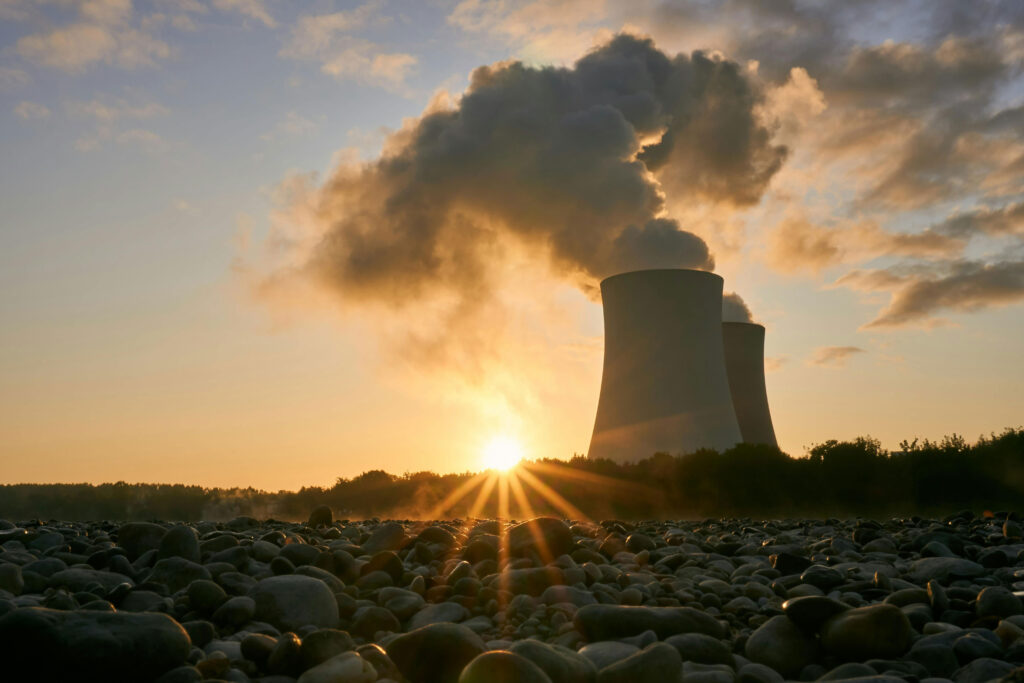
Chernobyl
On April 26, 1986, a major accident occurred at the Chernobyl nuclear power plant in Ukraine, formerly in the Soviet bloc.
The unit 4 core reactor exploded. The explosion destroyed the building and the core reactor was exposed to open air. Huge quantities of radioactive particles spread into the environment and across three-quarters of Europe.
Chernobyl is the worst nuclear disaster in histoy.
Consequences
Information differs on the consequences of this accident. On one side the figures of the Russian government and on the other those of the NGOs. A first exclusion zone was set up of 10 km2, a few months later it was 30 km2. Today, more than 2,200 km2 in Ukraine and 2,600 in Belarus have been declared unfit for human life for 24,000 years. Nearly 350,000 people were moved. According to reports, the disaster caused between 43 and 4,000 deaths.
And in Switzerland?
Even 30 years after the disaster, a soil study shows lasting contamination. Wild boars hunted in Ticino are subject to veterinary control. In 2015, 9,900 Bq/kg of cesium-137, or 8 times more than the average authorized in food, were found in the meat of a Ticino wild boar.
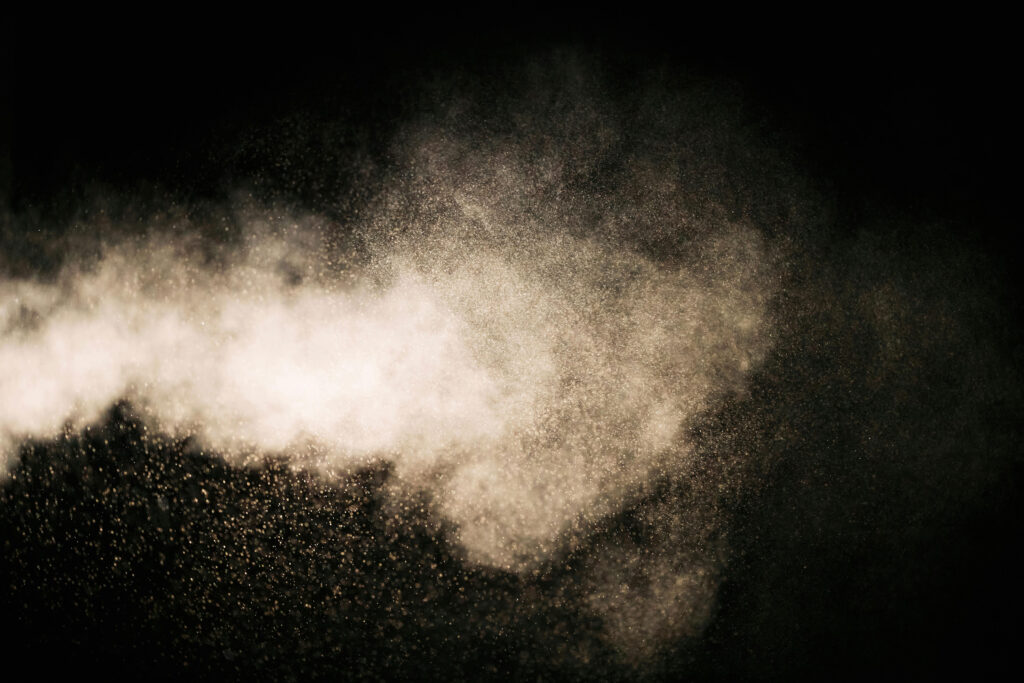
Other nuclear accidents:
- December 27, 2001
A nuclear incident in Roissy, France: a parcel leaked radioactive materials
- Early 2000
In Epinal, France: more than 5,500 patients, in a hospital, were exposed to over-irradiation during treatment, 24 of whom were very exposed, 5 died.
- March 11, 2006
Belgium: an operator from the Sterigenics company entered a poorly protected cell for 20 seconds. He spent more than a month in hospital.
March 12, 2008
France: a worker was exposed to a radioactive source at the National Office for Aerospace Studies and Research (ONERA) in Toulouse.
- August 25, 2008
Belgium: leak of radioactive iodine at the IRE
- March 11, 2011
Fukushima, Japan: During a Tsunami, a 15-meter-high wave knocked out the systems ensuring the cooling of the reactors and the irradiated fuel storage pools, which led to the meltdown of the cores of reactors 1, 2 and 3 as well as the overheating of the reactor 4.
- May 23, 2013
In Japan, 30 researchers at the Tokaimura Nuclear Physics Laboratory were exposed to radiation during a nuclear laboratory incident; and
- August 8, 2019
In the North-West of Russia: a radiological accident of military origin.
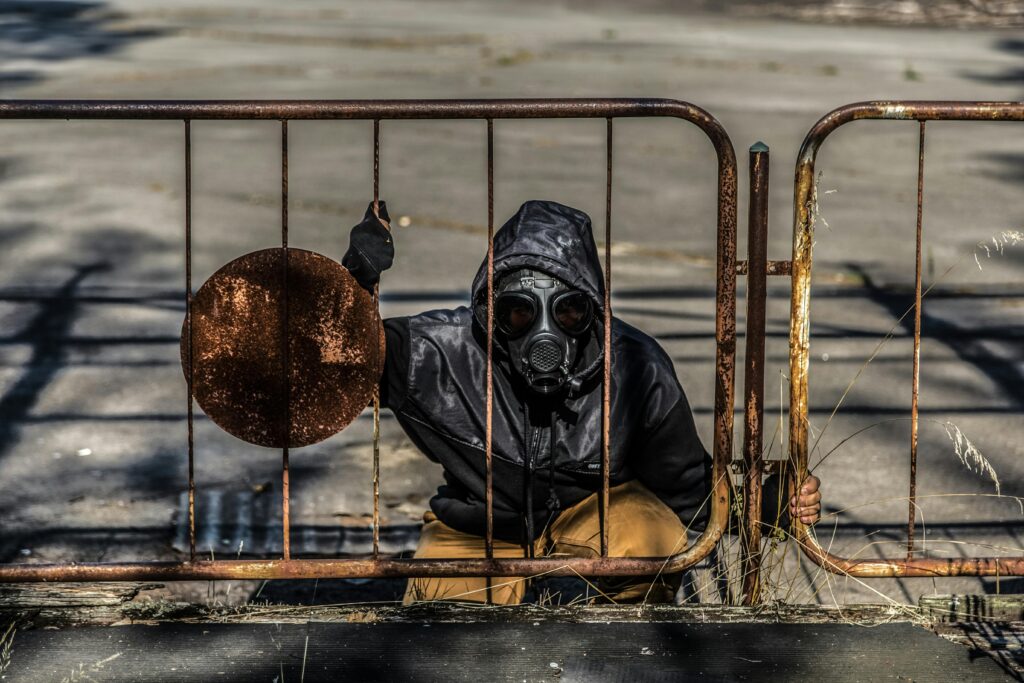
Uranium mining
Nuclear energy depends on uranium. There are more than fifty uranium mines in the world. The largest is in Canada. Uranium is a heavy metal and is hazardous to health. It causes kidney and bone problems. Uranium emits radon particles These particles could be responsible for 20% of lung cancer cases in Canada. Health problems do not only concern miners, but also their loved ones and all those who live near the mines. Uranium mining, also, contaminates the environment: water and land. This contamination extends over hundreds of kilometres and lasts for hundreds of years.
Radioactive waste
Most radioactive waste is produced in nuclear power plants. They come not only from the fuel used but also from spare parts, workers’ clothing and residues accumulated in the filters. Some materials can be decontaminated, a long and expensive process, others remain radioactive. Many of these wastes are buried
safely for the duration of their decontamination.
The radioactivity of some of this waste will be lower than that of uranium in 10,000 years. If this waste contains plutonium, it is harmful for 300,000 years. In the United States, a gigantic nuclear “dump” was created in the
1940s. The dump contains waste from the Hiroshima and Nagasaki bombs. Leaks appeared in the six tanks as early as the 1950s and the dump is considered to be the most dangerous in the United States. In the 1960s, tanks of radioactive waste were also dumped into the oceans.
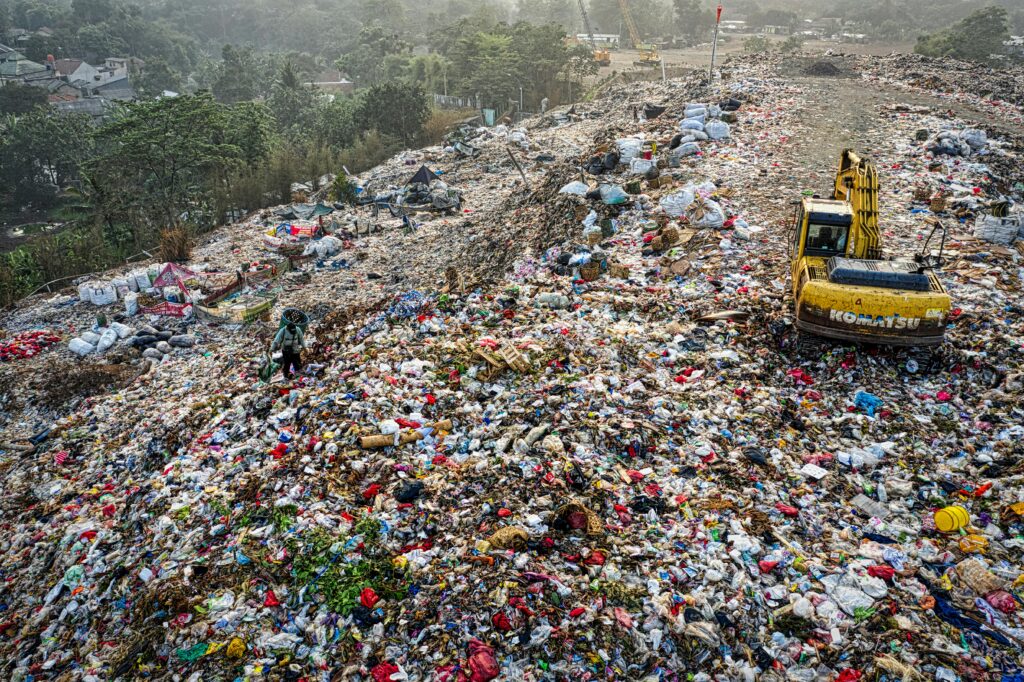
Overconsumption equals overproduction
We live in an era of overconsumption. We want everything right away. “Fast Fashion” is a blatant example: Cheap clothes, quickly made, quickly bought, quickly thrown away. The textile industry consumes a lot of energy. It is also very polluting. “Fast Fashion” creates mountains of waste. I worked in a second-hand store, one in five clothes had never been worn.
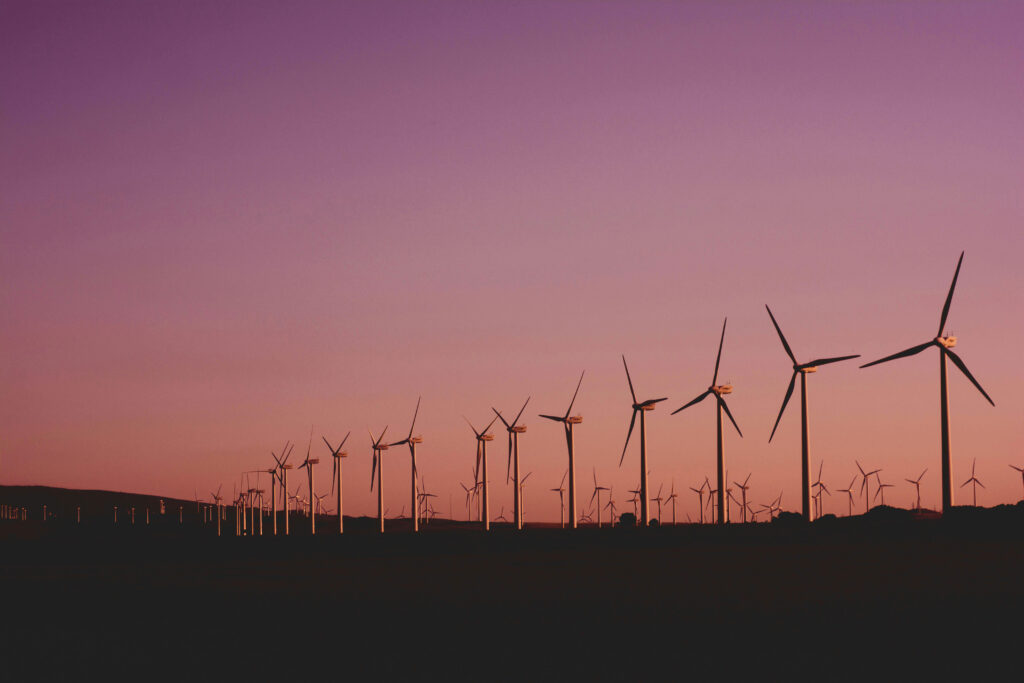
Your doctor suggested that you move to a home. You were suspicious, you didn’t trust her. You refused. We saw that things were getting more and more difficult for you and we tried to find solutions that you would like. We didn’t do better. Sometimes, your independent spirit rebelled and you broke things, screamed, howled your despair.
In conclusion, nuclear energy is dangerous from its extraction to its decontamination. Decontamination of a power plant, the surrounding water and land is very expensive and takes hundreds of years. The cost to human health and the environment is huge. Today, thanks to our consumerism, we need to produce always more electricity. But at what cost?
We are abusing the planet. We extract minerals from it and contaminate it. We use these minerals for energy and we pollute the air, land and water. We throw our hazardous waste into deep holes, hoping that there will be no natural disasters, such as landslides, tsunamis, earthquakes or human errors, wars like the one in Ukraine, technical failures. We must also remember that Switzerland has the oldest nuclear power plant in the world.
I am an idealist and I will never change. I dream of a world where the money invested in the creation, production and decontamination of nuclear power is invested in safe and sustainable energy, where instead of using and abusing our planet, we use our creative energy to heal and protect it. If we stopped wanting the latest fashionable item, we would produce less; we would use less energy and we would need less nuclear power plants. By reducing nuclear power plants, we not only save human lives but also our planet.

Delwyn Dupuis
9, Rue du Carre
CH-1174 Montherod
Email : delwyn.dupuis@gmail.com
© 2025 All Rights Reserved.
